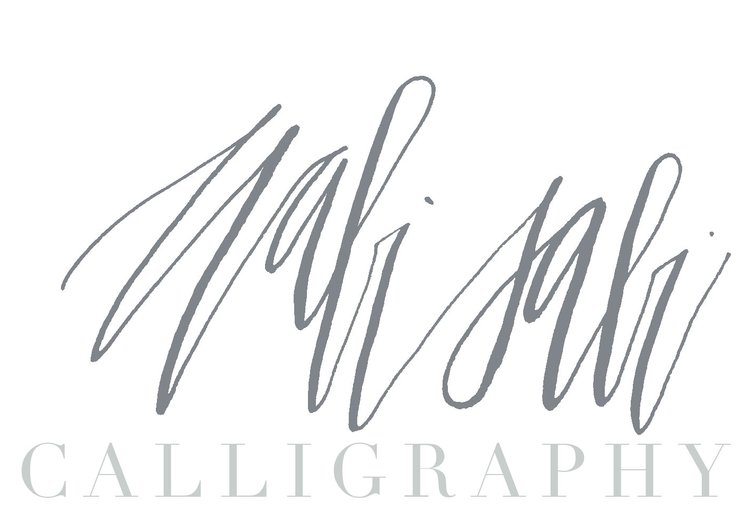The Tachikawa G nib is a another nib from Japan that is similar to the Nikko G & the Zebra G nib.
The Tachikawa has a similar feel to both the Nikko G & Zebra G nibs, and you can vary the amount of pressure and still make beautiful marks. The nib has bit more flex in it which allows me to write with little pressure to get finer lines without a lot of contrast (see the word "peace" that I've created above, that was done with little pressure applied).
These nibs are sold in packs of 3 at Jet Pens for $4.00. I am using the Tachikawa wooden holder (which can also be purchased at Jet Pens in other fun colors); these nibs can also fit on the Speedball B holder (the black plastic standard holder). John Neal, Bookseller also sells them for $1.80 per nib; Paper & Ink Arts for $1.20 per nib. Paper & Ink Arts also offers a discount if purchased in bulk.
Like all the Japanese nibs I have reviewed (Zebra, Nikko, & Tachikawa), these nibs are very durable and will last a long time. You will know when it is time to change the nib when you find that you cannot create fine hairlines -- the calligraphy tip is getting dull and will not produce fine hairlines. Unlike other nibs that I throw away in the garbage when they get old because they simply do not work or break, I don't always throw away these nibs because you can still use them on lettering styles that do not require fine hairlines or to use for practice.
After doing this review and writing with this nib, I realized how much I like writing with this nib. I will now add this to my rotation of nibs that I use.
